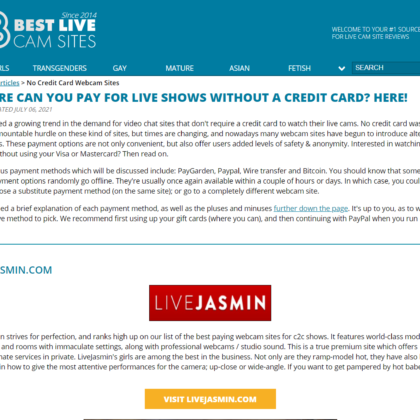Adult keyword research is the base of an adult search engine optimization strategy. By completing comprehensive keyword research first, you can ensure that you have built the foundation for results.
Keyword Research Goals
The main goal of keyword research is to reveal potential keyword targets that have a good balance of traffic to competition. We want keywords that are going to provide enough traffic to be worthwhile optimizing for, while not being so competitive that we cannot rank on the first page of Google for that term. Generally, as Googles trust in your site increases (Pagerank) you can rank for more and more competitive terms.

Step 1: Generate Your Master Keyword Research List
Starting with initial seed terms, comprehensive keyword research requires generating large keyword lists, sometimes in the thousands to make sure that you have covered all possible terms. For example, all of these terms have different search volumes and levels of competition:
big tit
big tits
bit titties
big titty
large tits
and so on. Even that 1 seed term “big tit” might break out into a list of 20 different search terms. You have not covered all of your bases if you don’t do research on each and every one of those terms. Some keyword research tools that are available to help with this process include Google Keyword Tool, Adgooroo, Wordtracker, Adgooroo, Keyword Discovery, Spyfu and KeywordSpy.
Measuring Traffic
The most useful tools we have found for measuring traffic are Google Traffic Estimator, Google Trends / Insights and Wordtracker. Between these tools, you can get a general sense of how traffic compares between terms. In particular adult niches, these are relative measurements within the niche and it is really only useful to compare “big tit” to “big titties” rather than “big tit” to “face shots”.
Measuring Competition
Measuring competition takes some practice, and you will really only get a sense of how much competition there is in a niche after you closely analyze the search engine result pages. Important metrics to look at include Pagerank, Domain Age, # of incoming links (we use Y! As it is much more stable and accurate than Google’s link query), Google Cache date ( The last date that google spidered the page with a more recent date indicating that Google thinks the page has a high update frequency or some importance), Traffic estimates from compete.com and quantcast.com (gives an estimate of how much traffic they are getting), and how well optimized their individual pages are. If you look at the first page of google for a term and don’t think you can rank on it given these metrics, than it doesn’t make sense to optimize for that term, unless you expect a shift in your Google Trust rating to happen in the near future. Another way to measure competition is by putting the search term in quotes and seeing how many pages have optimized for that term. The number of times a term is mentioned is an indicator of how many other people are also using the target phrase and can be a good initial screening test.
The Easy Way Out
We have developed a custom Visual Basic appplication that uses our own algorithm to produce a list of top potential keyword targets using all of the variables mentioned above.





